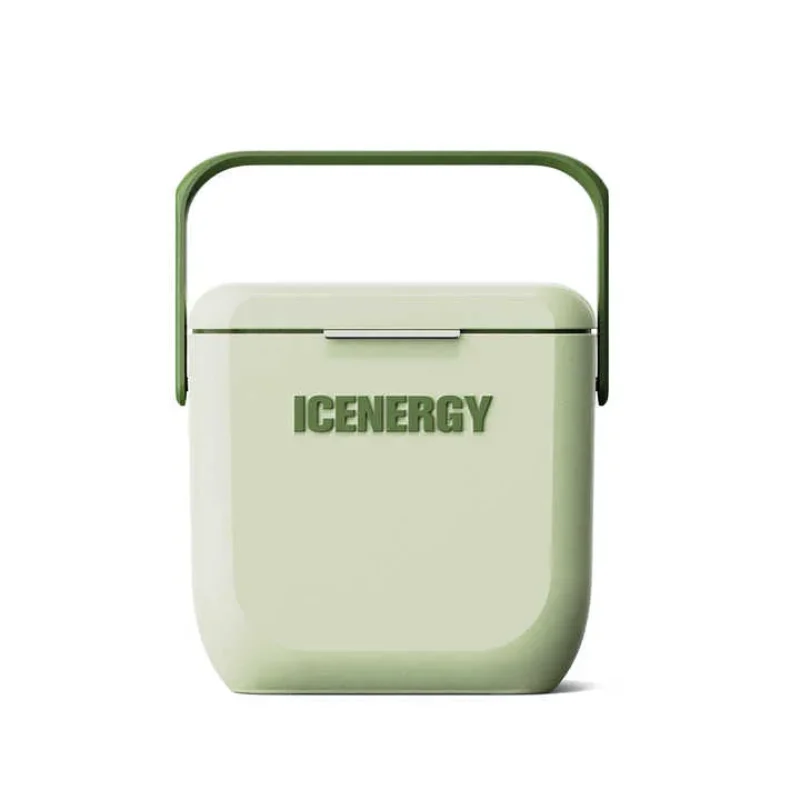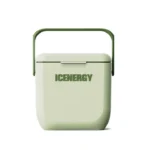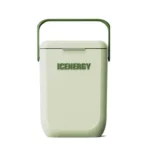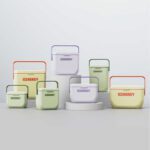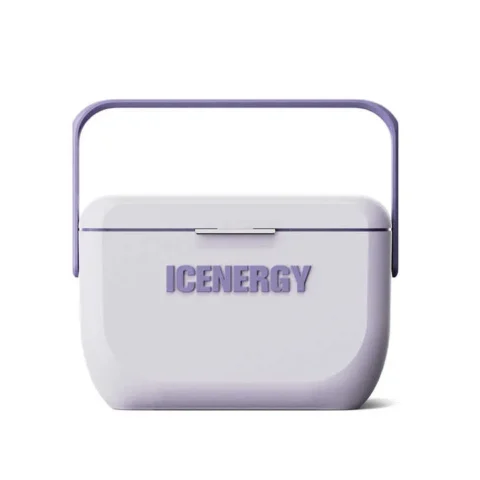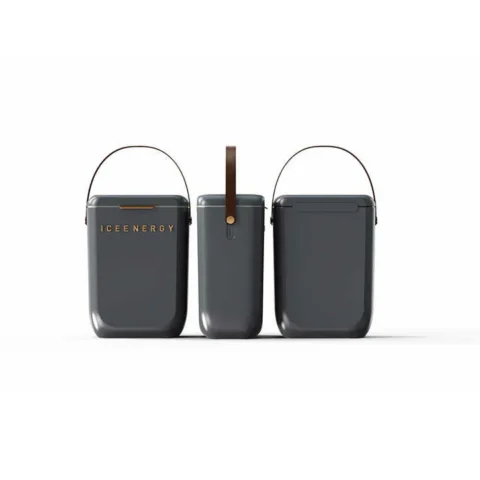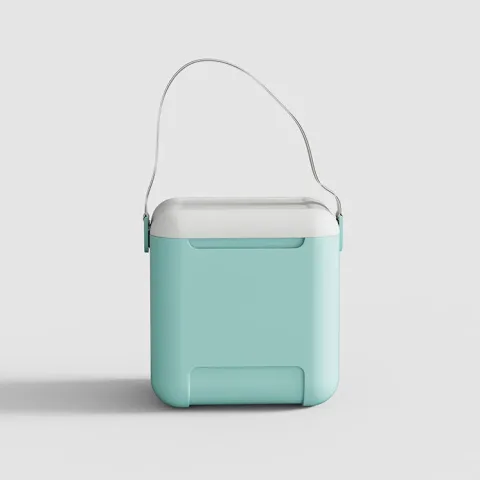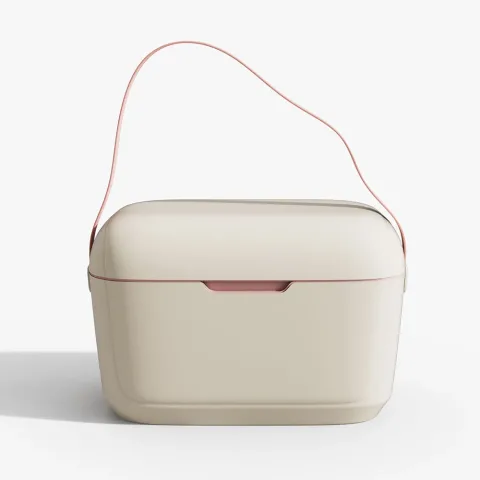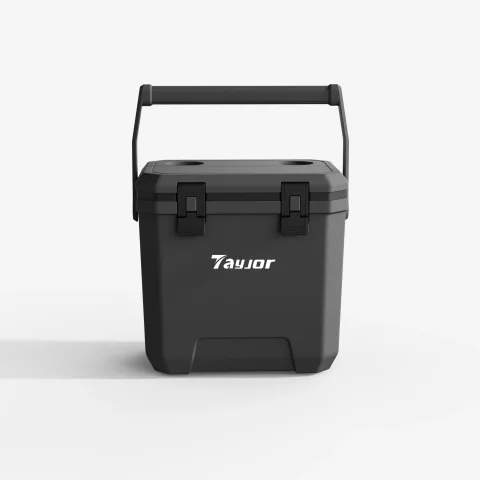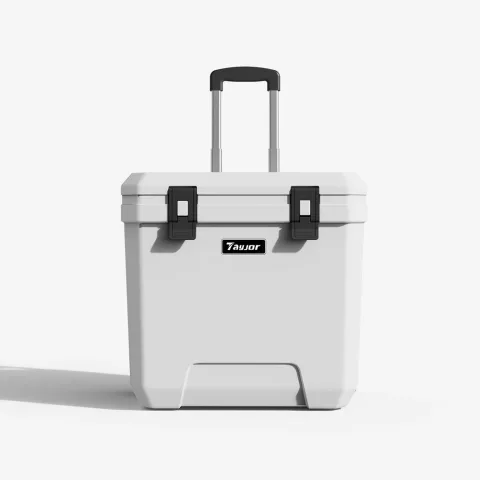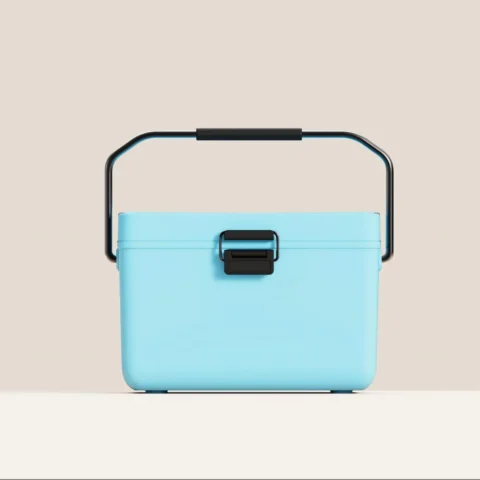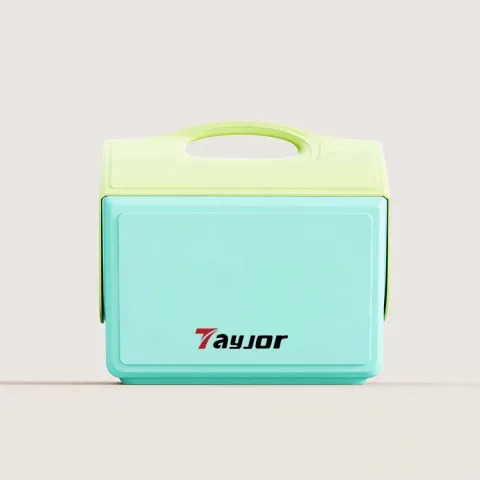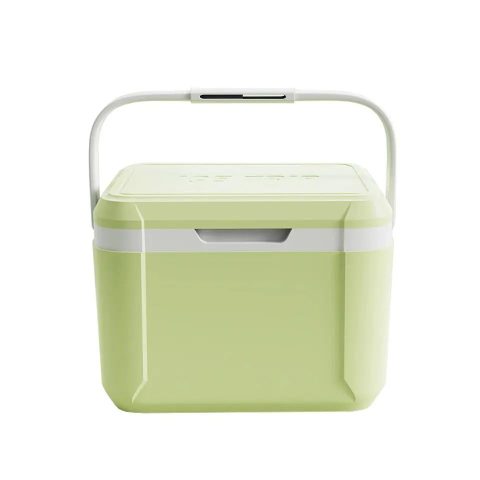
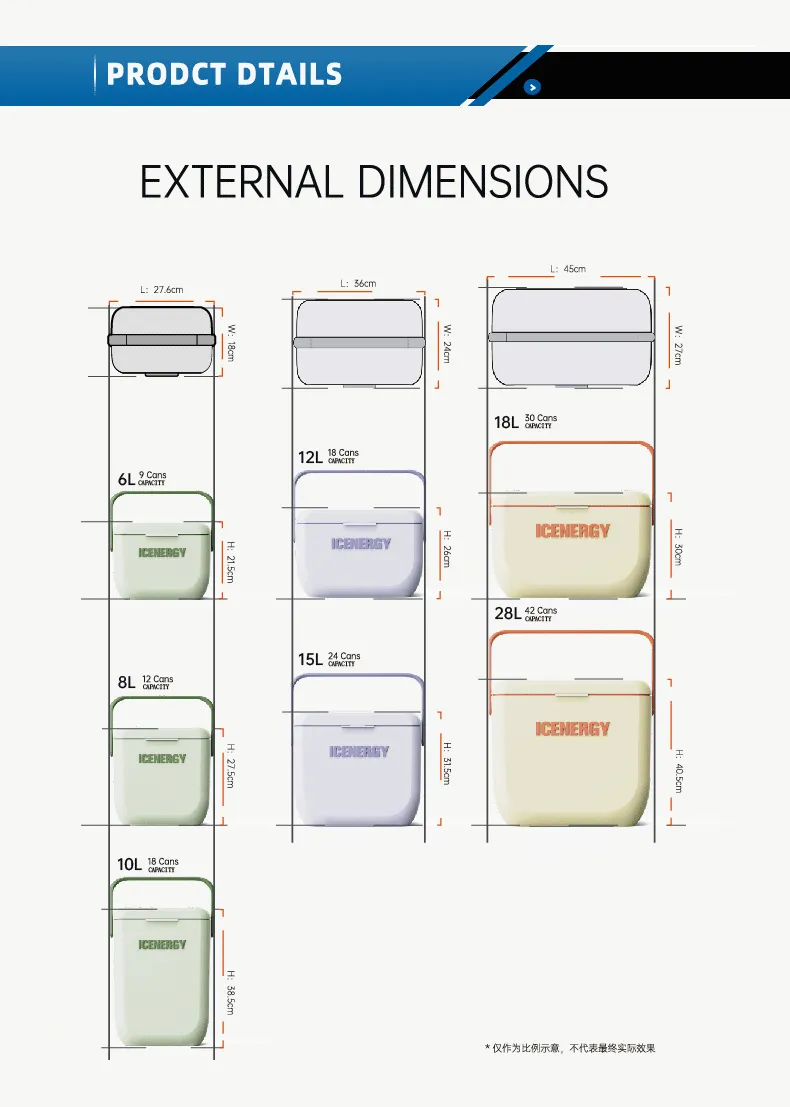
| Model | Insulation duration | Cooling duration | Product Material (Outer shell+foam layer+inner liner) material | External dimensions (mm) | Internal dimensions (mm) | Capacity measurement(330ml unit) |
| 6L | 5-8h | 48h | PE/EPS/PP | 294*208*216 | 240*144*180 | 9 |
| 8L | 8h | 48h | PE/EPS/PP | 294*208*276 | 240*144*240 | 12 |
| 10L | 8h | 48h | PE/EPS/PP | 294*208*387 | 240*144*350 | 18 |
| 10L | 8h | 48h | PE/EPS/PP | 337*265*263 | 320*200*221 | 18 |
| 15L | 10h | 48h | PE/PU/PP | 337*265*318 | 320*200*276 | 24 |
| 18L | 10h | 48h | PE/PU/PP | 470*300*298 | 400*220*248 | 30 |
| 28L | 8-10h | 48h | PE/PU/PP | 470*300*408 | 400*220*358 | 42 |
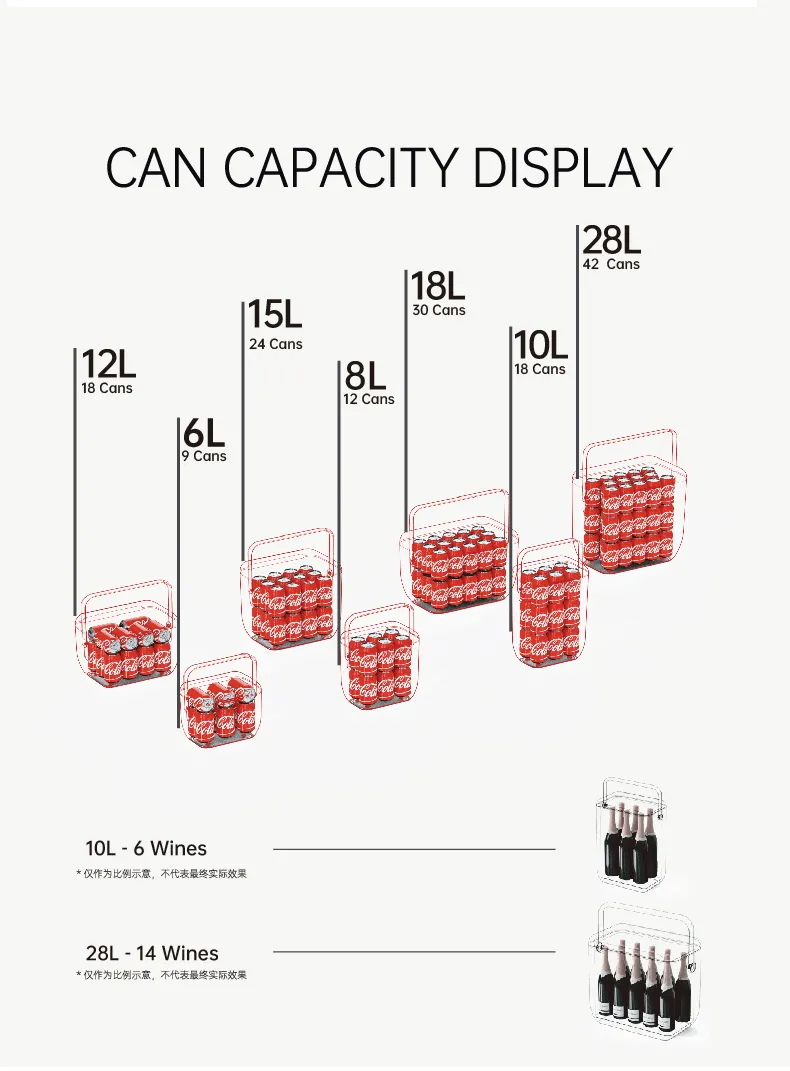
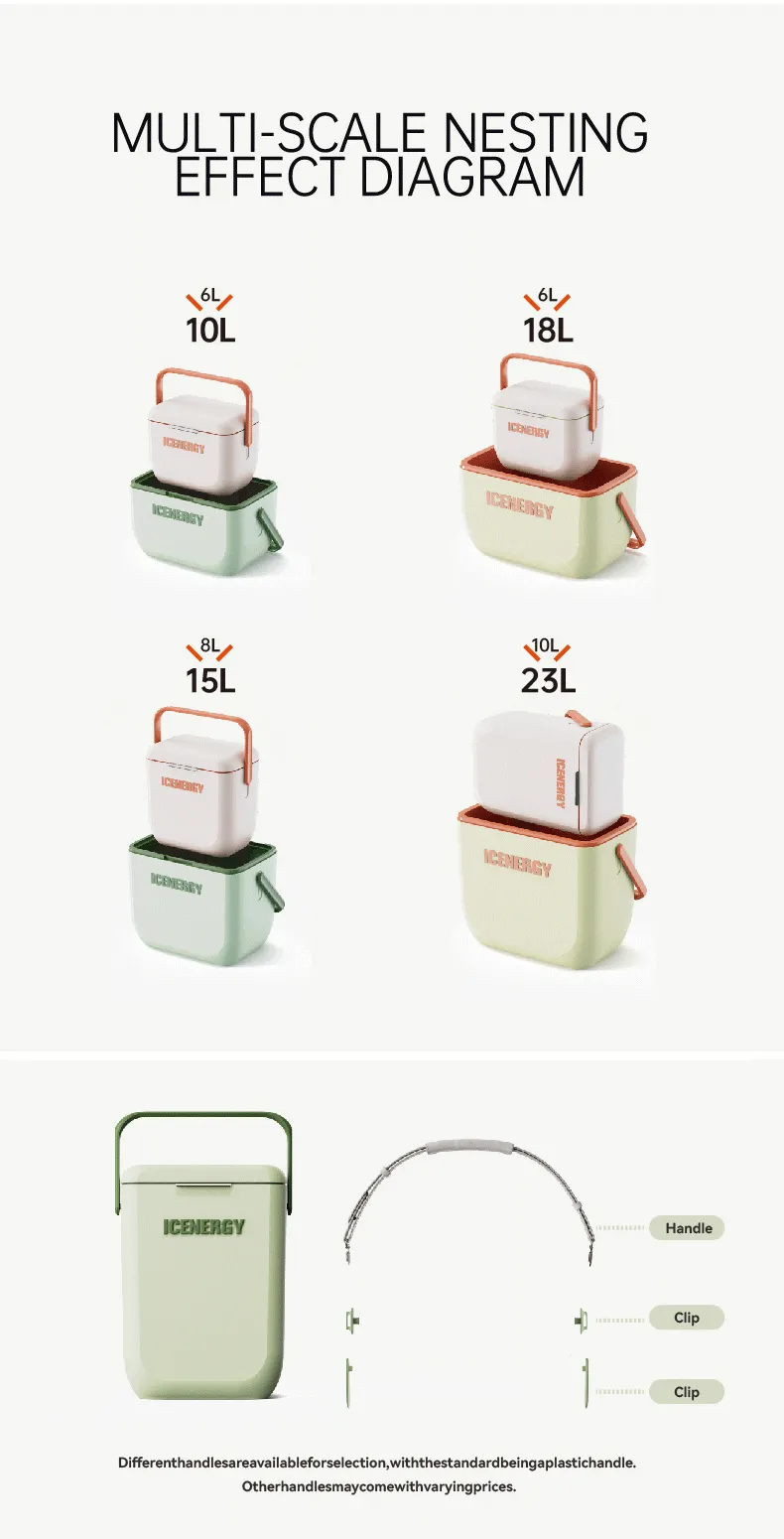
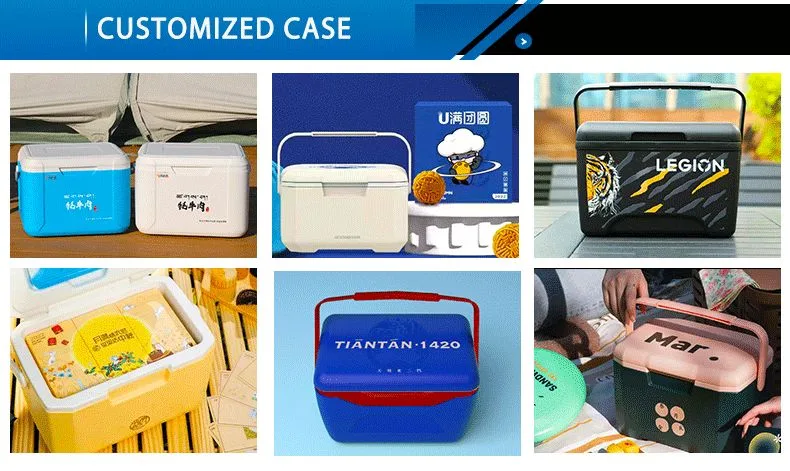
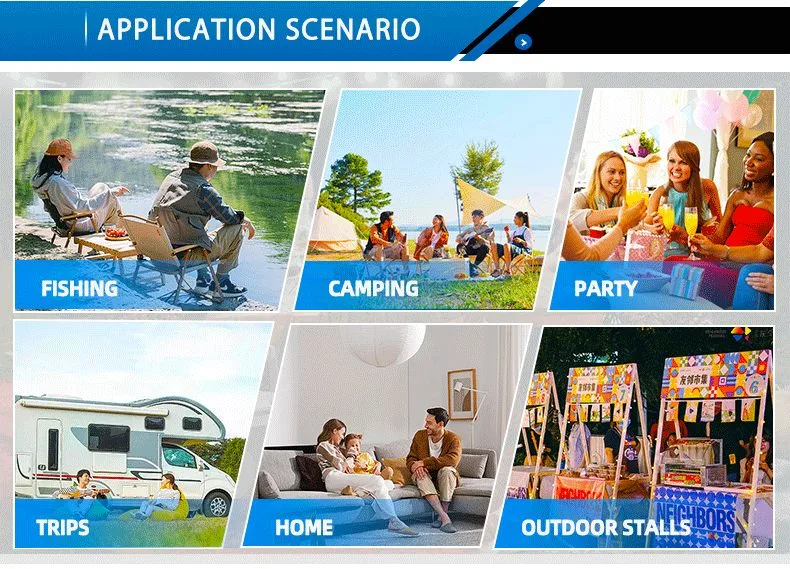
If you are interested in our Cool box and want to know more details. Please leave a message here,we will get in touch with you shortly!
Why Proper Cooling Matters Outside
Nothing ruins a camping trip, beach day, or tailgate party faster than warm drinks and spoiled food. Reliable outdoor cooling isn’t a luxury—it’s essential for safety, comfort, and enjoyment. Enter the indispensable ice chest: your frontline defense against heat, humidity, and hunger miles from civilization. Understanding key features ensures your food stays chilled and your adventure stays perfect.
Key Features Demanding Attention
Insulation Quality
Superior insulation directly dictates cold retention. Thick walls using advanced foam technology trap cold air efficiently. Look for tightly sealed lids with robust gaskets; escaping air accelerates ice melt. Additionally, UV-resistant exteriors reflect sunlight, while darker colors surprisingly absorb less ambient heat than commonly believed.
Durability & Build
Outdoor terrain demands toughness. Rugged rotomolded construction withstands drops, rocks, and rough handling. Critical elements include reinforced hinges resistant to cracking, non-slip feet for stability on uneven ground, and bear-resistant models if exploring wildlife territory. Moreover, rust-proof hardware ensures longevity near saltwater or moisture.
Portability & Design
Effortless transport makes adventures smoother. Evaluate weight when empty—bulky units drain energy fast. Well-designed rope handles or molded grips reduce strain. Alternatively, wheeled versions excel for parking-lot-to-picnic transitions. Clever additions like built-in bottle openers, cutting boards, or dry storage trays enhance functionality without extra gear.
Choosing Your Ideal Size
Capacity needs vary wildly:
- Small (10-24 QT): Ideal for solo hikes or short fishing trips. Fits 12-25 cans plus ice.
- Medium (25-49 QT): Handles weekend camping for 2-4 people. Stores meals plus beverages.
- Large (50+ QT): Necessary for group events or week-long expeditions. Accommodates bulk food.
Pro Tip: Always allow ⅔ space for ice versus contents. Overpacking cripples cooling efficiency.
Hard vs. Soft-Sided Options
Hard-Sided Advantages
Maximum ice retention defines this category—often keeping contents cold 5-10 days. They resist animal tampering, stack securely, and endure rugged use. However, increased weight and bulkiness complicate backcountry travel.
Soft-Sided Benefits
Lightweight flexibility shines for kayaking, biking, or crowded spaces. Modern versions offer impressive 1-2 day cooling through layered insulation. Drainage tubes simplify water management. Yet puncture risks and shorter chill times remain limitations for extended trips.
Ice Chest For Outdoor Mastering Packing Techniques
Proper loading extends cooling dramatically:
- Pre-Chill: Store empty for 24 hours before packing.
- Ice First: Layer block ice at the bottom—melts slower than cubes.
- Strategic Placement: Group perishables (meats/dairy) closest to ice.
- Minimize Air: Fill empty spaces with towels or extra ice packs.
- Limit Opening: Retrieve multiple items at once; open under shade.
Remarkably, a well-packed unit stays cold up to twice as long as a haphazardly filled one.
Maintenance for Longevity
Preserve performance season after season:
- After use, scrub interiors with baking soda solution to neutralize odors.
- Air-dry completely upside down to prevent mold.
- Store slightly open to avoid trapped musty air.
- Annually inspect seals; replace if cracked or brittle.
Routine care prevents bacterial growth and maintains insulation integrity.
Climate-Specific Considerations
Performance shifts across environments:
- Desert/Dry Heat: Evaporation accelerates ice loss. Use block ice and keep shaded.
- Humid Regions: Condensation soaks contents. Elevate off wet ground; include absorbent mats.
- Saltwater Settings: Rinse exterior immediately after beach use to avoid corrosion.
- High Altitude: Reduced air pressure impacts seals. Test lid tightness periodically.
Cost vs. Value Insights
Budget units ($20-$60) work for brief picnics but disappoint beyond 12 hours. Mid-range ($80-$150) balance durability and ice retention for most recreational needs. Premium investments ($200+) deliver expedition-grade reliability, lasting decades with proper care. Ultimately, match your purchase to trip frequency and duration—infrequent users rarely need ultra-high-end models.
The Future of Outdoor Cooling
Innovation continues evolving. Phase-change materials now offer temperature-specific control without messy ice. Solar-powered thermoelectric units provide eco-conscious options. Meanwhile, antimicrobial linings fight bacteria growth. Expect lighter yet stronger composites soon.
Final Selection Checklist
Before purchasing, verify:
Required ice retention time
Weight constraints for transport
Must-have accessories (dividers, cup holders)
Intended terrain (boating, mountains, desert)
Storage space when not in use
Conclusion Ice Chest For Outdoor
Finding your ideal ice chest for outdoor adventures transforms experiences. Prioritize insulation quality, durability, and smart sizing. Pair with disciplined packing habits and regular maintenance. Suddenly, lukewarm drinks become distant memories—replaced by perfectly chilled refreshments wherever adventure calls. Start exploring farther, staying longer, and savoring every moment outdoors.


